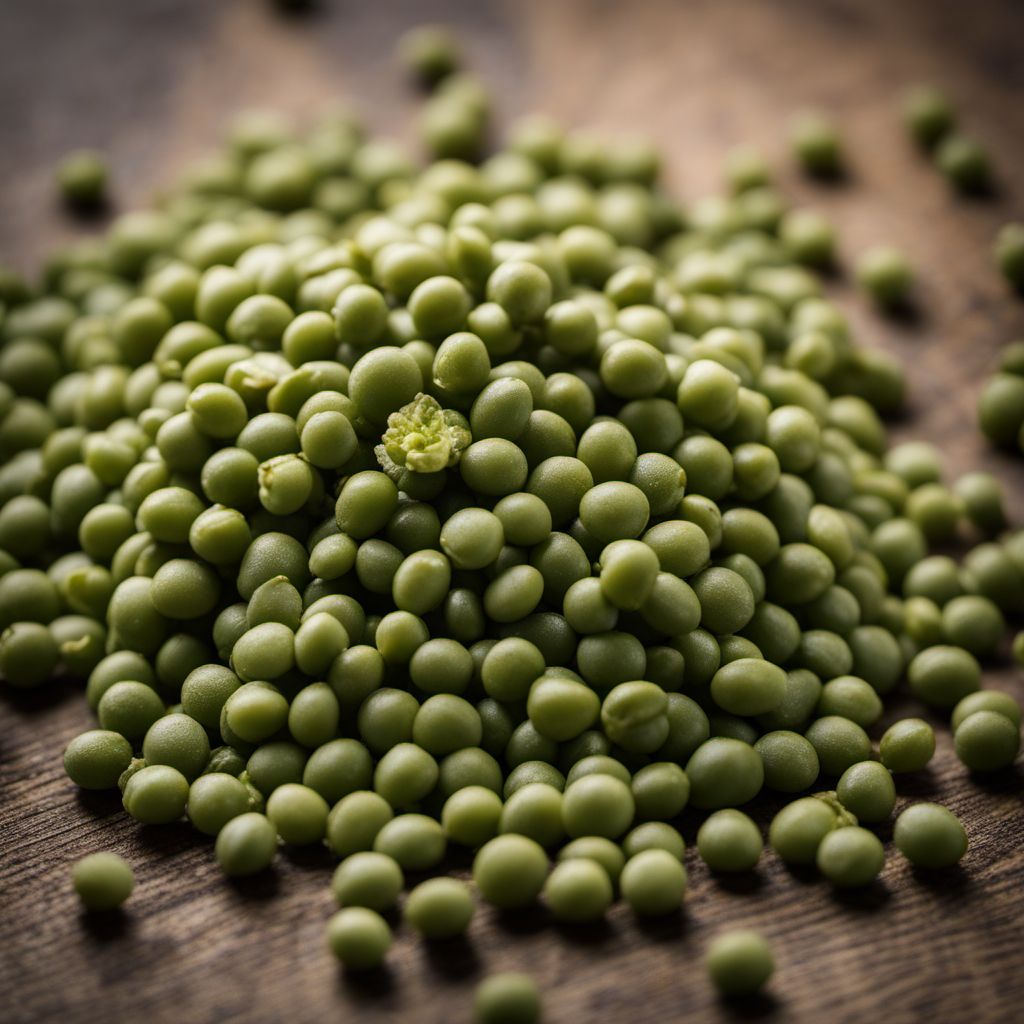
Ingredient
Mung beans (dry)
The Mighty Green Legume
Mung beans are small, oval-shaped legumes with a bright green color and a thin outer skin. They have a mild, nutty flavor and a tender texture when cooked. Mung beans are commonly used in both sweet and savory dishes, such as soups, curries, salads, and desserts. They can be sprouted to add a crunchy element to salads or stir-fries. In their whole form, mung beans are often cooked until soft and used as a base for dal, a traditional Indian lentil soup. They can also be ground into flour to make noodles or used as a thickening agent in sauces.
Origins and history
Mung beans have a long history of cultivation, dating back thousands of years. They are believed to have originated in India and have been an important part of Indian cuisine for centuries. Mung beans spread to other parts of Asia, including China and Southeast Asia, where they are widely consumed today. These legumes are highly valued for their nutritional content and versatility in cooking. In many cultures, mung beans are associated with good luck and are often consumed during festive occasions.
Nutritional information
Mung beans are a nutritional powerhouse, packed with protein, fiber, and essential vitamins and minerals. They are low in fat and calories, making them a healthy addition to a balanced diet. Mung beans are also a good source of plant-based iron, which is important for maintaining healthy blood cells. Additionally, they contain antioxidants that help protect the body against oxidative stress and inflammation.
Allergens
Mung beans are not known to be common allergens. However, individuals with legume allergies should exercise caution and consult with a healthcare professional if they have any concerns or experience allergic reactions after consuming mung beans.
How to select
When selecting dry mung beans, look for ones that are uniform in size and have a vibrant green color. Avoid beans that are discolored, shriveled, or have signs of insect damage. It's also a good idea to buy from reputable sources to ensure quality and freshness. If possible, opt for organic mung beans to minimize exposure to pesticides or other chemicals.
Storage recommendations
To maintain the freshness of dry mung beans, store them in an airtight container in a cool, dry place. This will help prevent moisture and pests from affecting their quality. If stored properly, dry mung beans can last for up to a year. Cooked mung beans should be stored in the refrigerator in a sealed container and consumed within a few days.
How to produce
Mung beans can be grown at home with relative ease. They require a warm and sunny location, well-drained soil, and regular watering. Soaking the beans overnight before planting can help speed up the germination process. With proper care and attention, you can harvest fresh mung bean sprouts or mature beans within a few weeks.
Preparation tips
Before cooking mung beans, rinse them thoroughly under cold water to remove any dirt or debris. If using whole mung beans, soak them in water for a few hours or overnight to soften them and reduce cooking time. Cooked mung beans can be used in a variety of dishes, such as soups, stews, salads, or even blended into dips or spreads. Mung bean sprouts can be enjoyed raw in salads or stir-fries, or lightly cooked for a crunchy texture. Experiment with different spices and seasonings to enhance the flavor of mung beans in your recipes.
Substitutions
Lentils, adzuki beans, or black-eyed peas can be used as substitutes for mung beans in recipes. However, keep in mind that each substitute may slightly alter the taste and texture of the dish. Lentils have a similar cooking time and texture, while adzuki beans and black-eyed peas have a slightly sweeter flavor compared to mung beans.
Culinary uses
Mung beans are widely used in various cuisines around the world. In Indian cuisine, they are a key ingredient in dal, a popular lentil soup. In Chinese cuisine, mung bean sprouts are commonly used in stir-fries and noodle dishes. In Southeast Asian cuisines, mung beans are used in desserts, such as sweet soups or pastries. They can also be ground into flour to make noodles or used as a thickening agent in sauces. Mung bean sprouts are a popular addition to salads, sandwiches, and wraps, adding a fresh and crunchy element.
Availability
Mung beans are cultivated and consumed in many countries, including India, China, Southeast Asian countries (such as Thailand, Vietnam, and Indonesia), and parts of Africa. They are also available in most grocery stores and supermarkets worldwide, often in the dried form. Fresh mung bean sprouts can be found in Asian markets or specialty stores.
More ingredients from this category » Browse all

Yardlong beans (dry)
The Nutrient-Packed Legume: Yardlong Beans

Lablab beans (dry)
The Versatile Legume: Lablab Beans

Guar beans (dry)
Versatile Legumes: Guar Beans

Stink beans (dry)
The Aromatic Delight: Stink Beans

Black eyed peas (dry)
The Lucky Legume
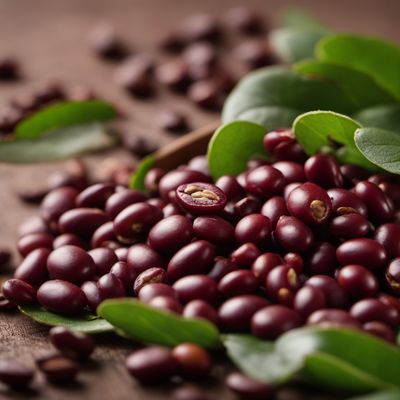
Azuki beans (dry)
The Tiny Powerhouse: Azuki Beans

Soyabeans for consumption (dry)
The Versatile Legume
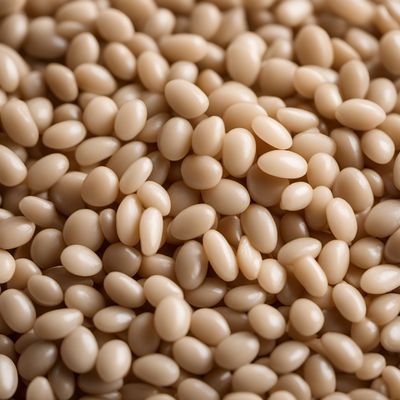
Rice beans (dry)
The Versatile Powerhouse: Rice Beans

Broad beans (dry)
Hearty and Nutritious: The Dried Legume Powerhouse

Jack beans (dry)
The Versatile Legume: Unveiling the Wonders of Jack Beans

Vetches (dry)
The Nutrient-Packed Legume: Dry Vetches

Ervils (dry)
The Nutritional Powerhouse: Exploring the Versatility of Dry Ervils
Recipes using Mung beans (dry) » Browse all
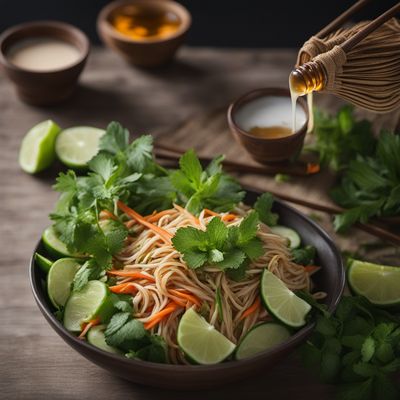
Liangfen with Coconut Milk Dressing
Tropical Delight: Coconut Liangfen

Crispy Vietnamese Glutinous Rice Balls
Golden Delights: Crispy Glutinous Rice Balls with a Vietnamese Twist
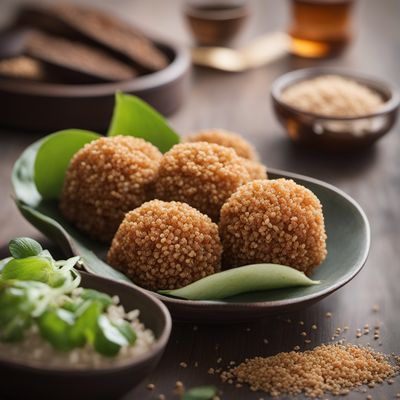
Bánh Cam - Crispy Vietnamese Sesame Balls
Golden Delights: Crispy Sesame Balls from Vietnam

Crispy Korean Mung Bean Pancakes
Golden Delights: Crispy Mung Bean Pancakes with a Korean Twist

Handvo - Savory Lentil Cake
Spiced Lentil Delight: Handvo - A Flavorful Indian Lentil Cake

Kwati: Nepalese Mixed Bean Stew
Hearty Himalayan Delight: A Flavorful Nepalese Mixed Bean Stew
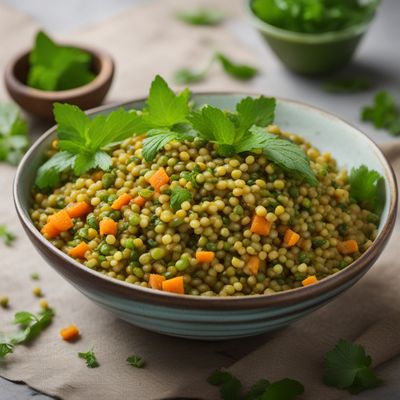
Refreshing Cucumber and Lentil Salad
Zesty Lentil and Cucumber Delight
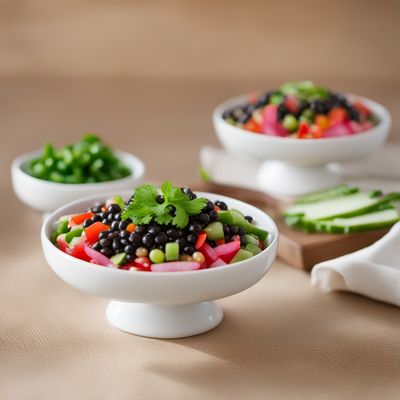
Tianjin Caviar
Savory Tianjin Bean Salad

Bánh đậu xanh with Coconut Sauce
Creamy Delight: Bánh đậu xanh with Coconut Sauce

Newari-style Pappardelle al Cinghiale
Spicy Wild Boar Pappardelle with a Newari Twist
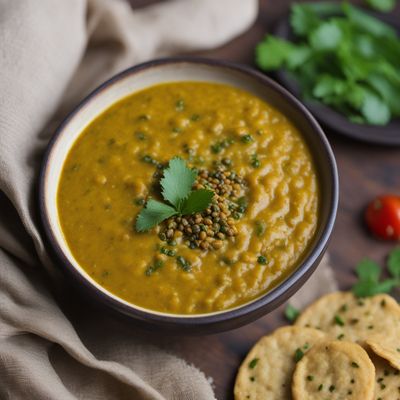
Baati with Panchmel Dal
Rajasthani Delight: Baati with Five Lentil Stew

Creamy Coconut Mung Bean Porridge
Indulgent Coconut Delight: Creamy Mung Bean Porridge